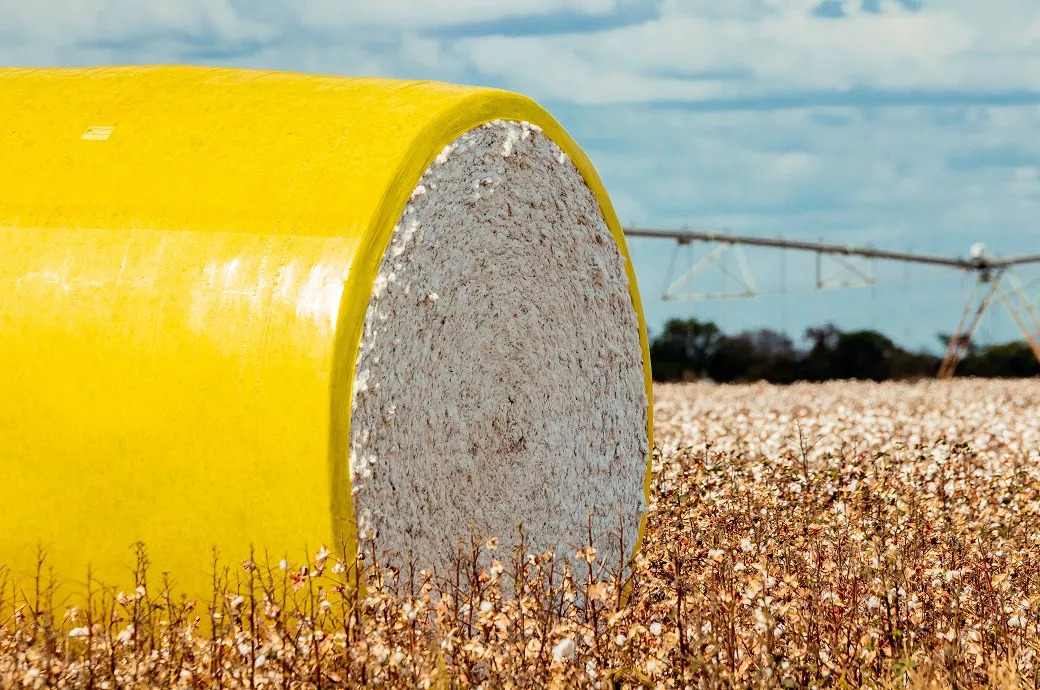The Australian wool market is starting the season with nervousness. Chinese textile mills have been scaling down buying orders and processing activities since April. Domestic shoppers in China, who consume half that country’s processed wool, are spending less, and European and North American demand has also slowed this year leaving mounting stocks of unsold product in wool’s pipeline.
At the very least, wool growers should expect a volatile year ahead. Woolen mills have adopted hand-to-mouth buying strategies to avoid being caught with too much raw stock or processed textile lines, while tightening supplies from Australia’s shrinking flock would exacerbate the trade’s price volatility and supply pinch points.
Today’s Australian wool clip is just one third its size in 1990 while the national sheep flock is the smallest since the mid 1920s. Wool’s longest running price surge since the 1980s has finally encountered consumer resistance and slower buying orders in May and June. Consumer resistance has coincided with economic uncertainty in Europe caused by Brexit and a slowing German economy, and processors had grown increasingly wary of the China-US trade war’s consequences. Facing a drought, the wool industry’s biggest problems in the years ahead would revolve around longer term wool supply. Average yield is at its lowest point in eight years because of the drought’s impact on fleece quality.
Australian wool faces lower demand
- 1
- 2
- 3
- 4
- 5
- 6
- 7
- 8
- 9
- 10
QCO rollback and export boost, the two-step formula powering India’s textile com…
November 12, 2025, could go down as a watershed date in India’s textile history. In a single day, the government... Read more
Cotton's Comeback: Brazil's blueprint for a natural fiber renaissance
The global textile industry operates on an assumption: natural fibers are nearing their ceiling of growth, with future demand almost... Read more
India's $2.92 bn export surge drives focus on performance, policy at Techtextil …
In line with its momentum to establish itself as a global textile manufacturing powerhouse, India is accelerating its focus on... Read more
Fashion’s new equation, profits meet planetary limits at Lisbon’s Textile Exchan…
The Textile Exchange Conference 2025, held under the theme ‘Shifting Landscapes’, marked more than another industry meet-up; it was a... Read more
India Scraps QCOs on Polyester, Polyester Fibre: A level playing field or domest…
In a major policy reversal, the Ministry of Chemicals and Fertilizers, through a notification in the Gazette of India dated... Read more
Is secondhand fashion the new fast fashion?
The fashion industry has long touted secondhand shopping as a silver bullet for sustainability, a movement that redefines style through... Read more
Source Fashion 2026: Championing collaboration to drive sustainable supply chain…
Europe’s premier fashion sourcing show, Source Fashion, is set to double down on the power of collaboration for its upcoming... Read more
Bharat Tex 2026: A premier event for the global textiles and apparel industry
A key consortium of leading Export Promotion Councils (EPCs) and industry associations, the Bharat Tex Trade Federation (BTTF) is set... Read more
Global Sourcing Expo: Offering an unparalleled access to international manufactu…
The highly anticipated Global Sourcing Expo is set to return to the Melbourne Convention and Exhibition Center from November 18,... Read more
The Soulful Stitch: Why ‘High-End’ Italian craftsmanship relies on ‘Happy Tailor…
A fascinating look into the labor practices of high-end Italian craftsmanship revealed a revolutionary philosophy at the recent 'Italian Fashion... Read more












